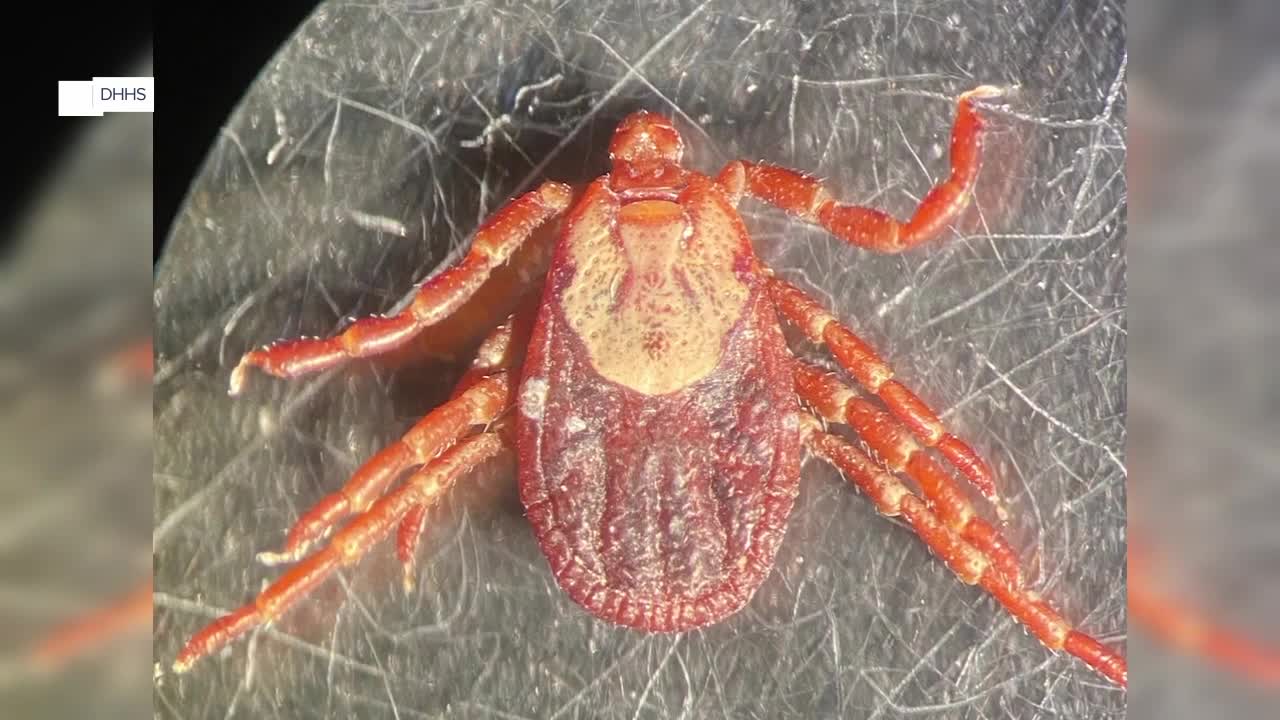LAYTON, Utah — Tick season is here.
However, many Utahns don’t give ticks a second thought.
Kacy Nowack, an epidemiologist with One Health, said while Utah doesn’t have as many ticks as the East Coast does, they’re still here. She said they see them in nearly every county.
Some parents in Layton said they don’t typically worry about ticks.
“I grew up camping all the time, always heard about it, but I just don’t worry about it,” Susana Smith said.
“We have a tick key at my house where you can like push down and remove a tick, but we’ve never had a tick before,” Kristine Winfield said.
But those with the Utah Disease Response, Evaluation, Analysis and Monitoring program said it’s important to keep your eyes peeled for the tiny, sometimes disease-carrying bugs.
Kacy Nowack says ticks can be different colors like red, black, or brown. It just depends on the species.
In their 2024 tick surveillance report, they collected 272 ticks, including 32 Western Black-legged Ticks and 109 Rocky Mountain Wood Ticks.
“There’s not good historical data for ticks and tickborne pathogens here in Utah, so we want to get a better understanding of the species and the pathogen prevalence,” Nowack said.
They tested 92 of the Rocky Mountain Wood Ticks that they caught last year. None tested positive for Rocky Mountain spotted fever, but four ticks did test positive for Colorado tick fever virus. The 32 western black-legged ticks all tested negative for Lyme disease.
“Tickborne diseases typically will develop only if the tick has been attached to you for over 24 hours, so if you find the tick before then, then you’re most likely OK,” Nowack said.
She says if a tick has been attached for more than that 24-hour period, it’s important to be aware of symptoms like fever, a flu-like illness, or a rash that can develop two weeks after the bite.




